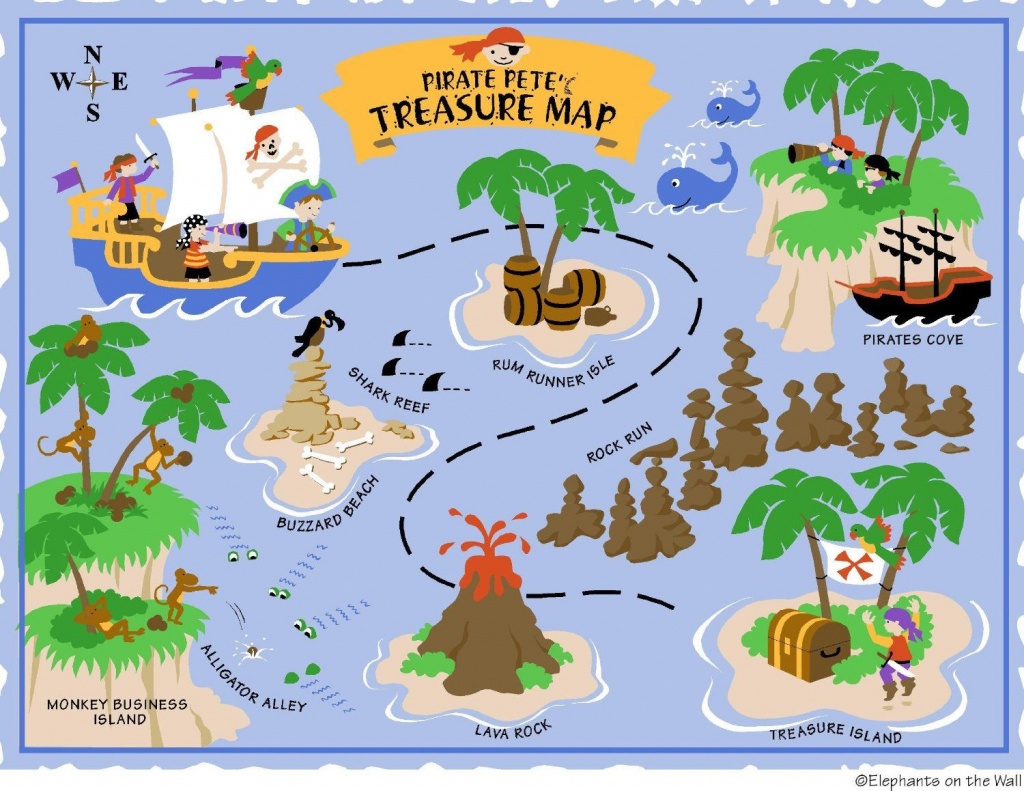

One documented case of buried treasure involved Francis Drake who buried Spanish gold and silver after raiding the train at Nombre de Dios-after Drake went to find his ships, he returned six hours later and retrieved the loot and sailed for England. Pirates Īlthough buried pirate treasure is a favorite literary theme, there are very few documented cases of pirates actually burying treasure, and no documented cases of a historical pirate treasure map. Scholars remain divided on whether the copper scroll represents real burials, and, if so, the total measurements and the owners. Thus far, no item mentioned in the scroll has been found. The following is an English translation of the opening lines of the Copper Scroll: ġ:1 In the ruin which is in the valley of Acor, underġ:3 forty long cubits: a chest of silver and its vessels

Believed to have been written between 50 and 100 AD, the scroll contains a list of 63 locations with detailed directions pointing to hidden treasures of gold and silver. One of the earliest known instances of a document listing buried treasure is the copper scroll, which was recovered among the Dead Sea Scrolls near Qumran in 1952. The history of treasure maps Copper scroll Regardless of the term's literary use, anything that meets the broad definition of a "map" that describes the location of a " treasure" could appropriately be called a "treasure map." More common in fiction than in reality, "pirate treasure maps" are often depicted in works of fiction as hand drawn and containing arcane clues for the characters to follow.

Map created by Robert Louis Stevenson in Treasure IslandĪ treasure map is a map that marks the location of buried treasure, a lost mine, a valuable secret or a hidden locale. For the 2007 album by Nan Quan Mama, see Treasure Map.


 0 kommentar(er)
0 kommentar(er)
